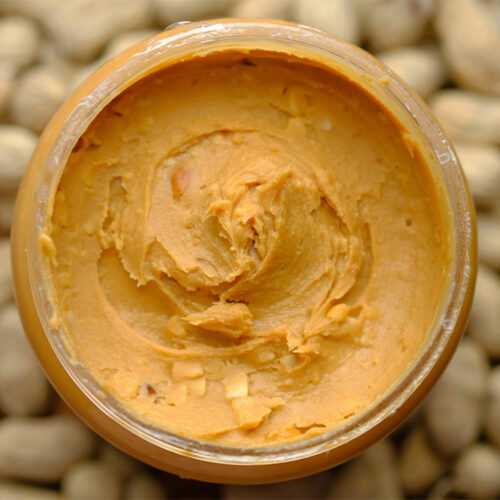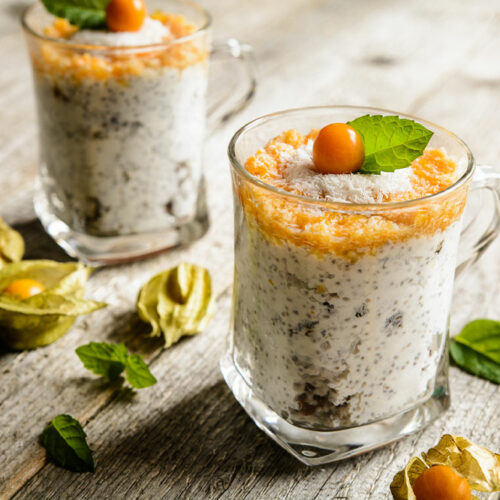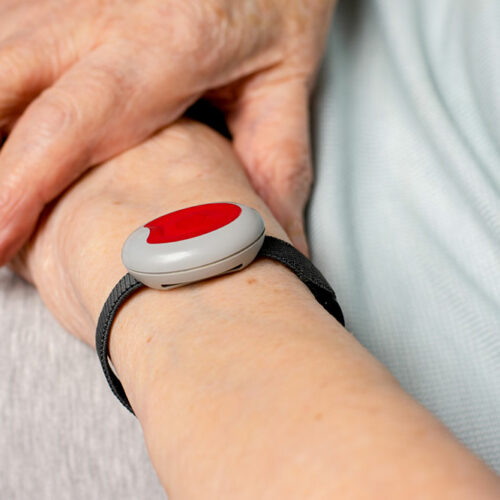10 human foods that are safe for dogs

Many pet owners tend to share their own food with their pets. After all, it can be hard to say no to the puppy eyes watching you while you cook or eat. However, humans and dogs metabolize food differently, and so, what is safe and healthy for you can be dangerous for your four-legged companion. So, here are a few safe and delicious human foods that even dogs can enjoy: Peanut butter Not just us, even dogs can’t get enough of peanut butter. Fortunately, it is safe for dogs and contains nutrients like healthy fats, vitamins B and E, protein, and niacin. However, it is high in fat and calorie content, so overindulgence can lead to health issues. Also, plain peanut butter that does not contain added sugar, salt, or artificial sweeteners, should be offered to dogs. Chicken Cooked chicken, without bones and spices, can be a perfect meal for canines. It is one of the best sources of protein, making it one of the most common ingredients in dog foods. Cooked chicken bones should never be given to your pets as these bones can splinter and lead to choking. Carrots Carrots can be your go-to choice for veggies that can be shared with dogs.






